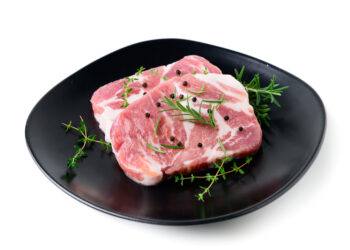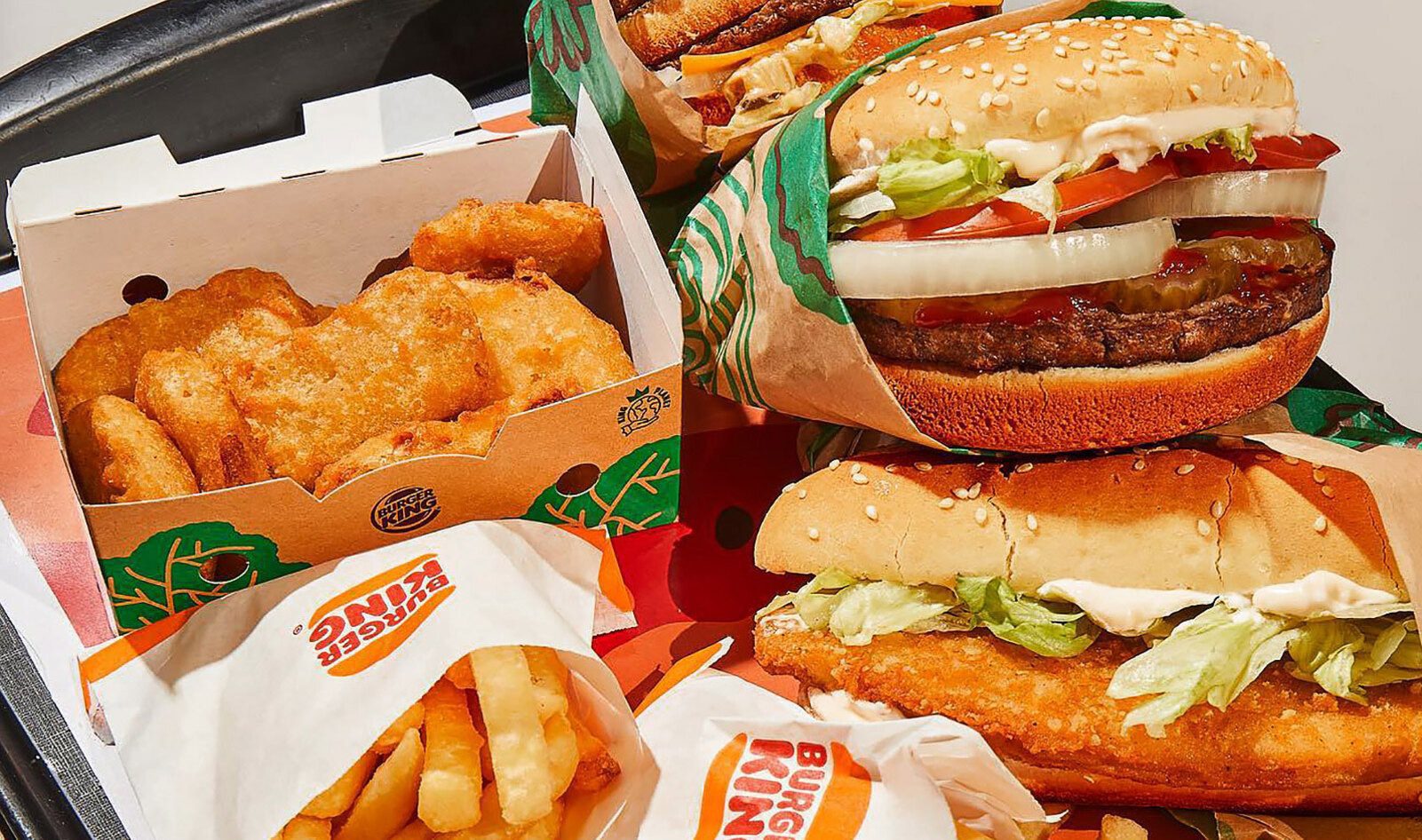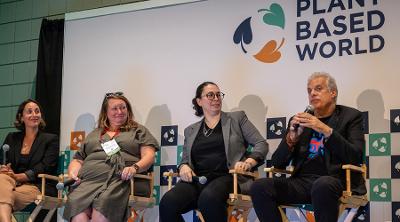Entrepreneurs are brewing up fish, meat, and fowl in spite of skeptics who say that lab-grown meat will never be feasible at an industrial scale.
At a test kitchen for a startup called Wildtype in the trendy San Francisco neighborhood known as Dogpatch, the saku, or “block” of salmon is visually a stunner. The most striking feature is the white striations between layers of orange flesh that serve as connective tissue. I say “serve as” because these white cells never helped muscles adhere to one another, spent any time in the vicinity of seawater, or even existed at any point anywhere near an actual fish. The salmon was grown purely from cells, or “cultured” in a lab. And yet the meat has the same slightly spongy mouthfeel as the real thing.

Dating back to the first $330,000 lab-grown burger in 2013, demos for cultured meat typically take the form of burger patties or preformed nuggets, since it’s easier to turn cultured cells into “minced” products rather than fully structured filets or steaks. But Wildtype uses a more advanced technique. After nurturing the growth of cells in a large steel tank called a “bioreactor,” the team concentrates the freshly cultured cells on a plant-based scaffold. The cells then grow into the complex texture of orange muscle cells and white connective tissue.
“The longer the cells grow on a scaffold, the more they’ll break it down and create their own structures,” says Aryé Elfenbein, a Wildtype co-founder with an MD-PhD, who began his career working on regenerating (human) hearts after heart attacks.
The actual taste is not quite as richly flavorful as sashimi from real fish. Jun Sog, the Wildtype sushi chef who prepared the food today, describes the taste as “a lot cleaner” than market-grade salmon he might buy, and is more like a freshwater fish. But the “recipe” for culturing the salmon may be further tweaked, depending on how tasters respond.

The basic variable is how long you keep the cells growing in culture before you harvest them. But Justin Kolbeck, a former U.S. diplomat in Afghanistan who serves as Wildtype’s CEO, describes a trade-off: The longer you keep the cells alive, the more complex the texture, but the more it costs to keep them growing by providing the nutrients, energy, and overhead. The process is more like making wine or beer than anything that resembles fishing.
“That’s what a lot of our product development looked like,” says Elfenbein. “We would have different cells within a scaffold for a day, and like five days and twenty days and five months. It was kind of like going to a wine cave and trying these different examples.”
Wildtype still lacks the regulatory approval to sell its product in the United States. Even so, the company has secured over $140 million in funding from investors including L Catterton, Leonardo DiCaprio, Cargill, and Bezos Expeditions.

They say their facility down the street from their San Francisco office could in theory could produce 200,000 pounds a year of synthetic salmon that would look like the real thing. (Their current production is a fraction of that, just a few thousand pounds per year, because they don’t have regulatory approval to sell it and they give their entire production run away during tastings.)
This huge bet comes in the face of intense skepticism from some experts who say that cultured meat will never be anything more than an impressive science experiment, because of the more than trillion-dollar projected costs for achieving industrial scale in a global market that consists of hundreds of millions of tons of meat per year.
** Click here to read the full-text **










